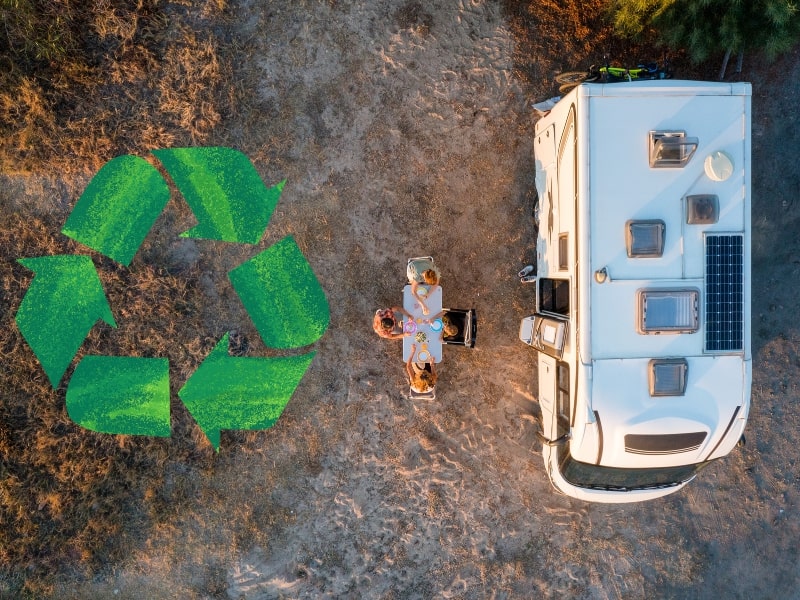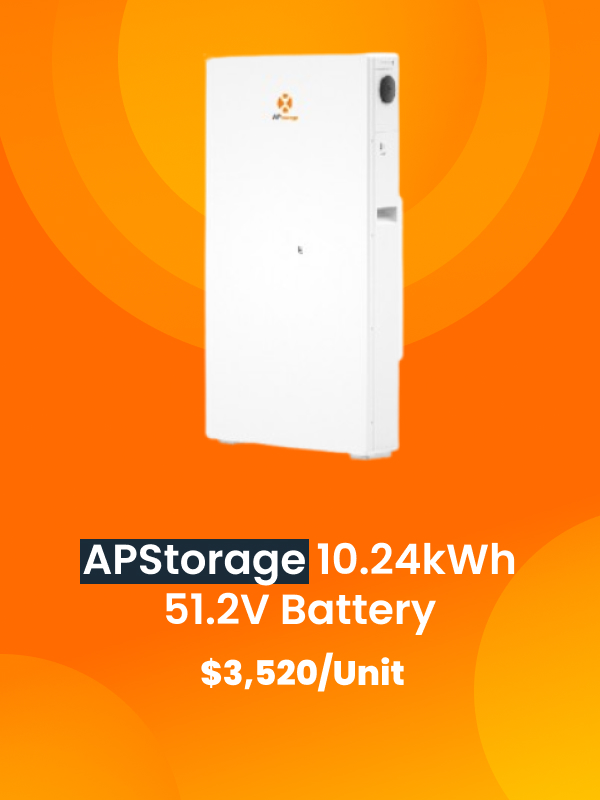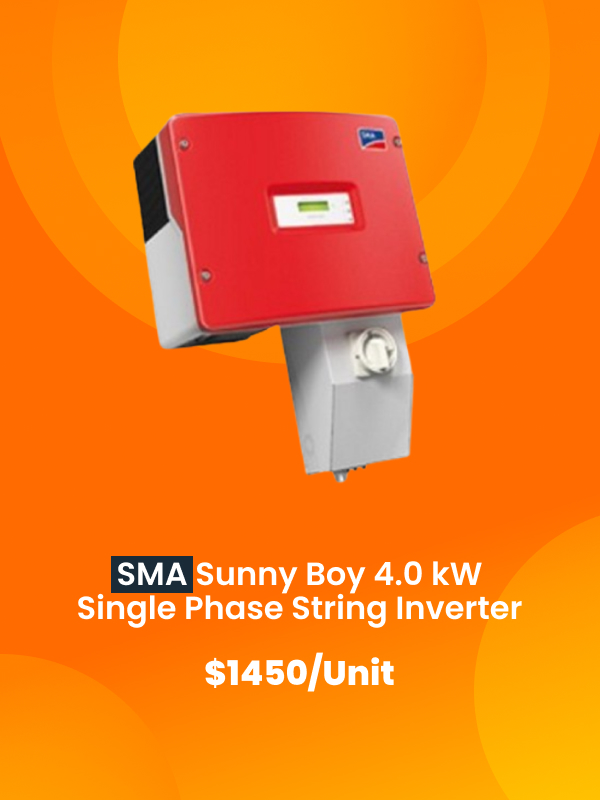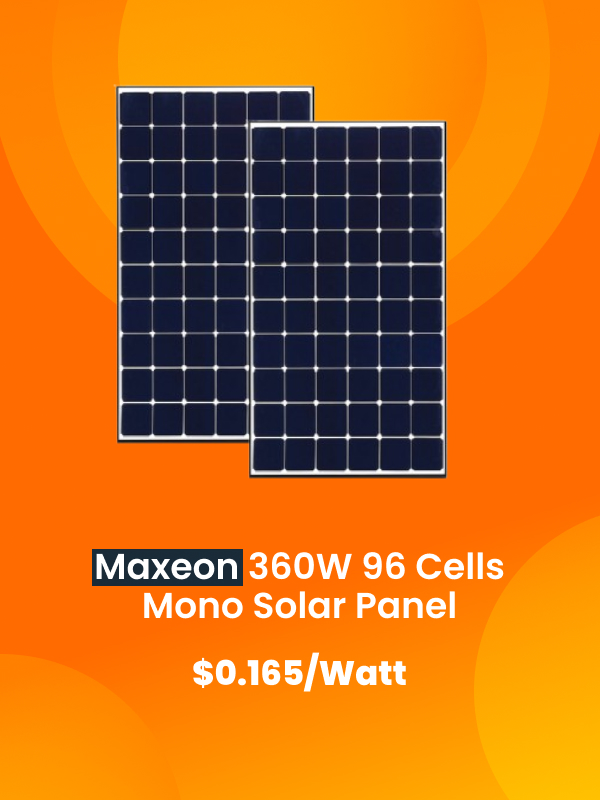Thinking about pushing your RV camping experience to the limits? Do you love the idea of getting off the grid?
RV boondocking might just be your bag.
Boondocking is remote, offgrid camping without external electricity, water, and sewage hookups. Using an RV allows you to explore the great outdoors while still having access to the basic amenities.
That’s where solar panels come in.
In this blog, we’ll explain the following:
- How solar panels work
- How much power you’ll need while boondocking
- How many panels you’ll need to generate that power
- Where you will mount the panels
- How to maximize your power
- Whether you can DIY this project
Need Solar for your RV? Shop our solar DIY Kits
What solar panels are and how they work
Solar panels are devices that convert sunlight into electricity. Each panel comprises smaller units called photovoltaic cells composed of silicon, a semiconductor that can both transfer and block electricity. Semiconductors like silicon can control electric currents and tolerate a wide range of temperatures. That’s why silicon is used in electronic devices like the one you’re using to read this blog.
Solar panels are an eco-friendly energy solution because sunlight is both renewable and sustainable.
How much power will I need?
You’ll need to consider two things:
- Your daily power usage and
- How many days you’ll be using your power
Your next steps:
- Make a list of all the appliances and gadgets you’ll use while boondocking.
- Calculate the wattage for each item by checking the labels on each item or by doing some research online. Consider everything from your phone to your fridge to your hairdryer.
- Calculate how many hours per day each of those items will be running.
- Multiply the wattage by the number of hours to get the total watt-hours of energy that each item will use.
- Add up the watt-hours for all the items on your list to estimate daily power usage.
- Consider how long you’ll be boondocking. As a general rule of thumb, you’ll want to have at least enough battery capacity to power your appliances and gadgets for a full day without sunlight. So, for example, if your total daily power usage is 400 watt-hours, you will need 400 watt-hours of supply.
It’s always a good idea to have more power than you think you’ll need, so you’ll have a bit of a buffer in case of cloudy days or if you end up using more power than you planned.
How many panels do I need?
Once you know how much power you need, you can figure out how many panels you need to generate that much electricity.
Four 100 Watt panels could do the job if you average 400 watt-hours of energy per day. But five 100 Watt panels might be safer to account for those days when the sun doesn’t cooperate or if you’re visiting shadier areas.
Considering that your safety and enjoyment are at stake, it’s a good idea to consult with a professional to get a more accurate estimate for your specific situation.
Where and how should I mount the panels?
Once you’ve calculated how many panels you need, find a location on your RV to mount the panels where they’ll get the most sunlight throughout the day: the roof.
There are two ways to mount solar panels on your RV roof:
Horizontal mounting
Horizontal (flat) mounting provides 90-degree access to the sun that allows solar panels to operate at maximum efficiency during the summer months. If you’re in a snowy area or encountering debris, you will need to clear these off from time to time.
Tilted mount
For maximum efficiency, tilting your solar panels is the best option. Use a tilt angle calculator to adjust for your location as you travel. An additional benefit of tilted panels is that most debris and snow slides off them, limiting the need for maintenance.
Tilt mounts are available for boondockers interested in going this route.
How will I store the electricity?
Two types of batteries are used with solar panels: deep-cycle lead-acid and lithium-ion batteries.
Deep-cycle lead-acid batteries
These are the most common type of battery used for boondocking because they’re widely available and relatively inexpensive, at around $300-$350. They generally last up to six years. They can struggle in freezing cold temperatures and are bulkier than lithium-ion batteries.
Lithium-ion batteries
They are more expensive than lead acid batteries, averaging around $1,000+, but they perform well in a wide range of temperatures and last 20 years or more.
How will I keep everything charged?
You’ll need a charge controller to regulate the flow of electricity from the panels to the battery (or batteries). Charge controllers will prevent your battery from getting overcharged, which can shorten its lifespan.
Can I DIY this?
There are plenty of DIY solar kits on the market. If you have light construction knowledge and comfort with electrical work, you may be up to the project. You will be drilling into the top of the roof and working with wiring, so do your homework before getting started.
If you’re interested in doing this, contact us, and we’ll be happy to discuss it with you.
The bright idea / Solar Panels for RV Boondocking
Solar panels are an efficient and sustainable way to generate the power you need throughout your RV boondocking experience.
You now know how to calculate your power usage and use that number to determine how many solar panels you will need for your RV. You also know how to maximize panel efficiency with a couple of tweaks, including the two different ways to mount the panels or equipment selections.
While this is a DIY-friendly project, it’s always a good idea to consult a professional and do your research upfront. We’ll help.
Contact our sales team today to break free from noisy generators, get off the grid, and explore the eco-friendly world of clean energy.




